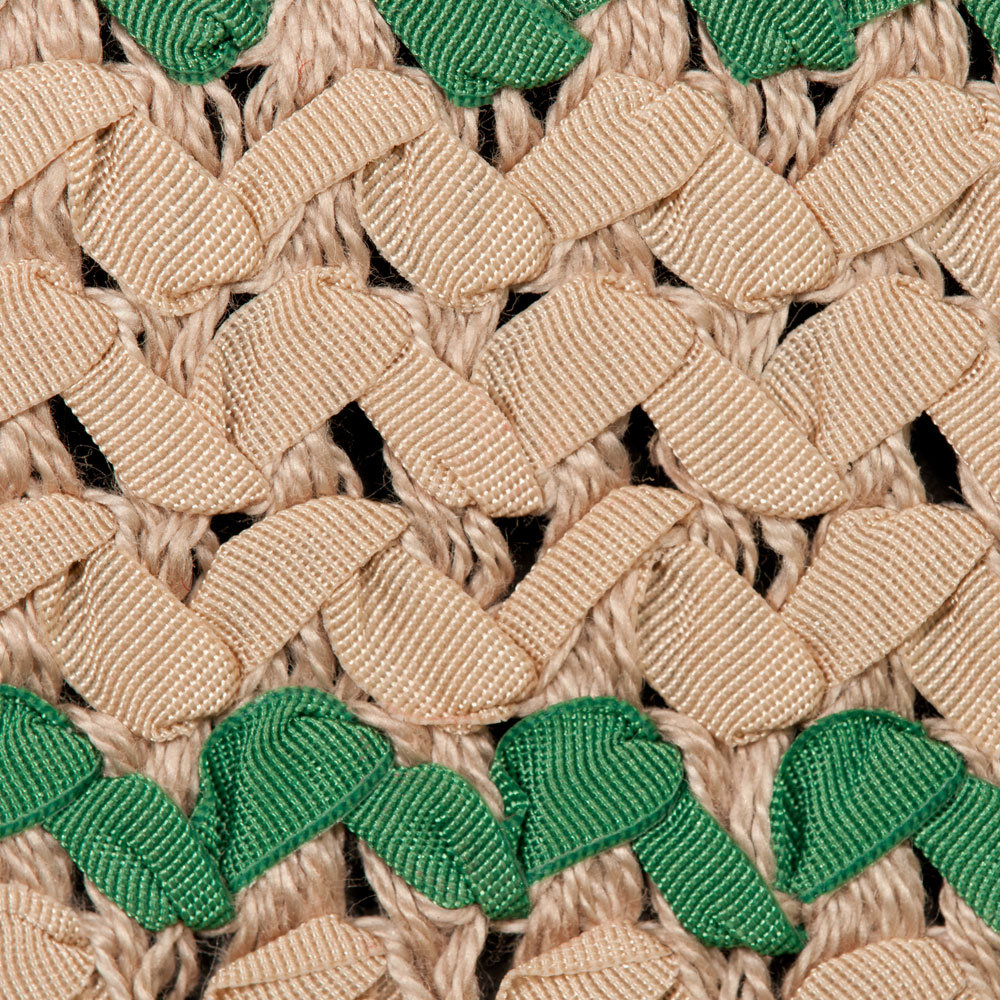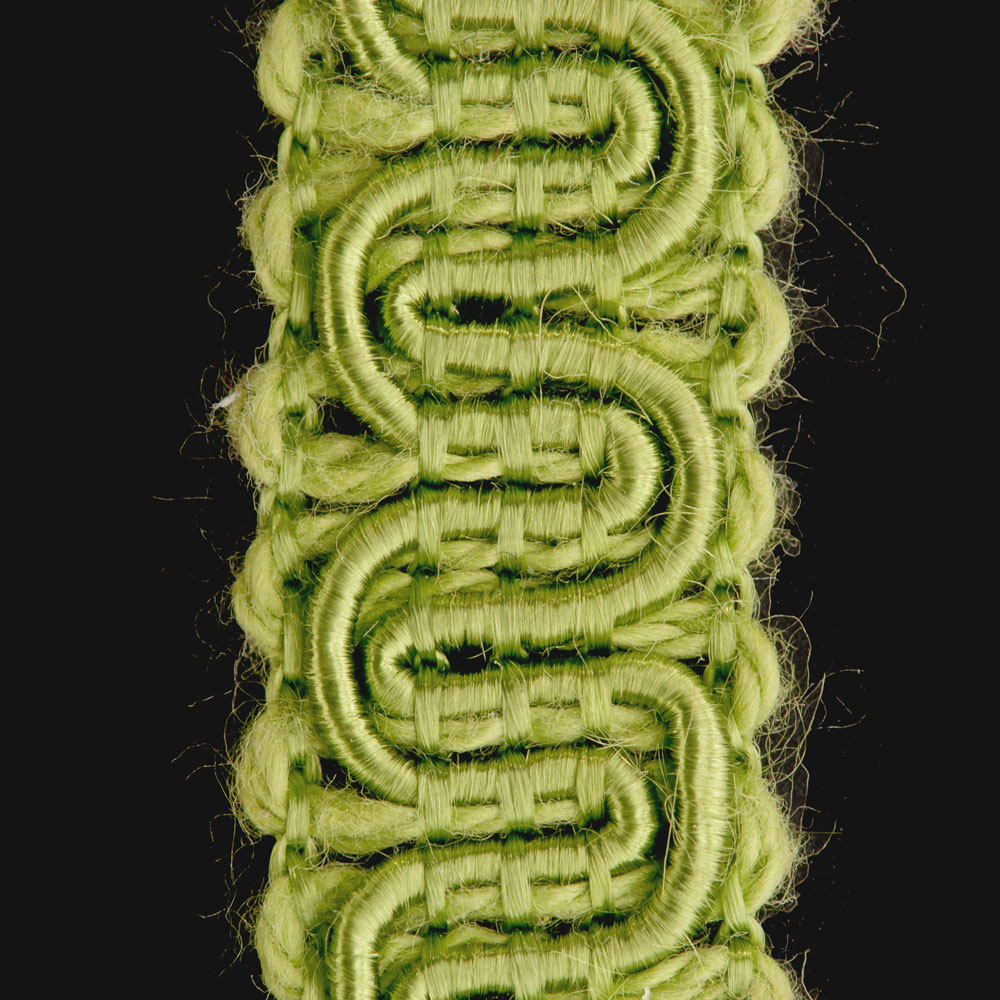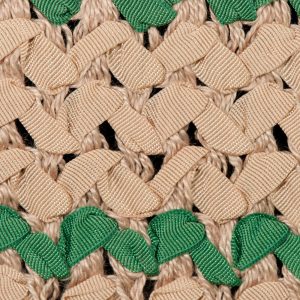The raschel knitting machine was developed in the 19th century as an inexpensive way to produce lace. The machine was named after the very popular 19th century French actress Elisabeth Rachel Félix—better known as Mademoiselle Rachel—who was known for wearing lace. Her name was altered to the German spelling as the Raschel knitting machine was refined in Germany.
Raschel knits range widely in style and use. They are warp knits of a heavier weight than the warp knits made on a tricot machine. Raschel knits are also often characterized by vertical chains of stitches on which a pattern is created.
Gimp “braid” (braid used in the sense of a narrow trim) is made on a raschel type of knitting machine, as is power stretch fabric.
Uses: Depending on the weight and style, uses for raschel knits range from sheer lace to coats, trim to foundation and athletic compression garments.



